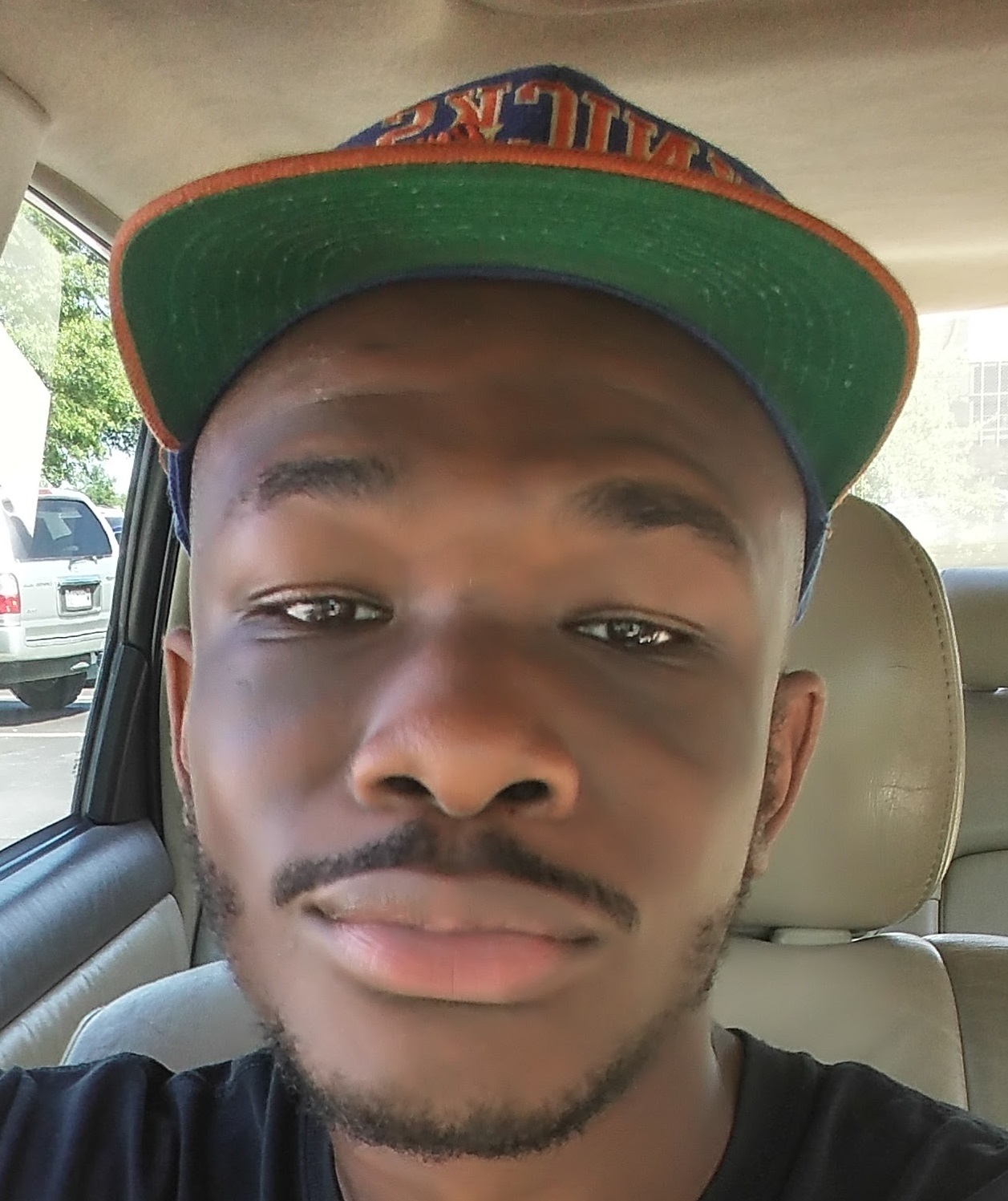WEEK 1
As I started my REU program, I experienced an interesting range of students
and a cheerful and helpful staff. The orientation was conducted and afterwards I
met with my advisor Dr. Nelson. We discussed our plans for the summer, along with
my partner for the research, Bishwa Silwal. Dr. Nelson guided our plans for the
coming days in respect to our preparation for our presentation in the next week. I
observed previous research papers and completed my literature review, throughout the process,
meeting with my partner and mentor to update on progess and construct our presentation.
We defined our project goals, continued readings on important documents, and included
recent security attacks which suggested certain security focuses.
WEEK 2
At the beginning of the week, (June 5) we conducted our first presentation
to the faculty and students. We met with our mentor the next day about updates and experiment
preparation talk, including the factors we would be testing. We began construction on materials
for the experimentation, also taking note of experimentation trial length, methodology, and
representation of results. Finally, we discussed our plans for our first test (pilot) experiment.
For my individual work, I continued reading literary papers, attending meetings relating to my project, and
developing my webpage.
WEEK 3
At a good pace, we met with Dr. Nelson daily to discuss additional information
regarding our WTMD process. We finished the construction of our experimentation materials
and used them to brainstorm the possible pathways for which we will include in our experiments.
On the side, we did additional discussions on how our experimention should go,
including trials and factors and looking into representation of results, researching visualitation
concepts for after our experiments are complete.
WEEK 4
For this week, after receiving two of our WTMDs, we began playing around with them
to confirm proper operation. After confirming this, we performed our pilot experiments and payed attention
to the results. We experienced interesting detections as we demonstrated diverse walking patterns
according to the grid system we developed. After performing these experiments for most of the week, Bishwa and I
met with Dr. Nelson to discuss the pilot experiment, and set the system for which our actual experiments will be composed of.
Settling every factor included and calculating the length of time to complete the experiments, we prepared to start
our actual experimentation for the next coming weeks.
WEEK 5
This was an interesting week for me and my partner. We started our experiments doing them
for most of Monday and Tuesday. For Wednesday and Thursday, we took a trip to MetLife stadium
to do some data collection, research, and testing. Wednesday specifically, we did data collection
concerning the movement of patrons during the security screenings before the U2 event. Thursday, we
helped perform testing on a certain security system in which the stadium could benefit from. Friday
was our IBM trip and it was rewarding and overall a wonderful day.
WEEK 6
More Experiments .....
Attending our weekly seminar and graduate panel.
WEEK 7
More experimentation took place for most of the week. A highlight was our visit to a specific location to assist in the testing of a drone software, which could be used for large stadium venues. We examined ways to analyze and display our results.
In addition, we were selected to present first thursday for final presentations. Through performing experiments,
we constructed our final presentation with Dr. Nelson. We gave our talk to the students and faculty thursday morning, and it went great, in addition, listening to some other interesting research presentations. All the students had their last meeting together to end off the 'researching phase' of the program. Afterwards, we planned for the other materials required to complete for the program.
WEEK 8
For this week we wanted to begin experimenting with the next WTMD, however we halted from performing
them to brainstorm a solution for our grid system. We finished our last pathway for the previous WTMD.
The previous WTMD and the next were different dimensions and required some thinking to keep the consistency
in the experimentation. We presented our final presentation to the CCICADA research team on Thursday, finishing
our presentation talks for the summer.
WEEK 9
Finishing some required documents for the program, I began first thing in the week with my
evaluation of the summer. I completed it shortly and immediately after, writing my final report on
the project that we researched this summer, sharing our conclusions, methodology, descriptions, and
other important information. We completed the report and sent it in as well. Lastly, we continued
our experiments for another WTMD for the remainder of the week, taking in the grid modification we
brainstormed about last week. We finished the experiments we planned to, and afterwards met with our mentor
for our last meeting of the program. We discussed future plans, presentation talks for our research, and other
material to attend to after the program.

Student: Mustapha Olokun
School: Morgan State University
E-mail: mo486@scarletmail.rutgers.edu
Project: Metal Detectors and Stadiums
Additional Resources
- Project Description -
Our research will be focusing on WTMDs (Walk Through Metal Detectors) and their use in Stadiums. Large Stadiums have increased their security in recent years, with some major sports leagues in the US requiring WTMDs. These WTMDs prevent metallic objects commonly used as weapons from entering important stadium events. Through experimentation, we'll be examining multiple factors to understand if and how they affect the detection of stadium contraband. I will be working with research partner Bishwa Silwal under the guidance of Dr. Christie Nelson.
First Presentation


